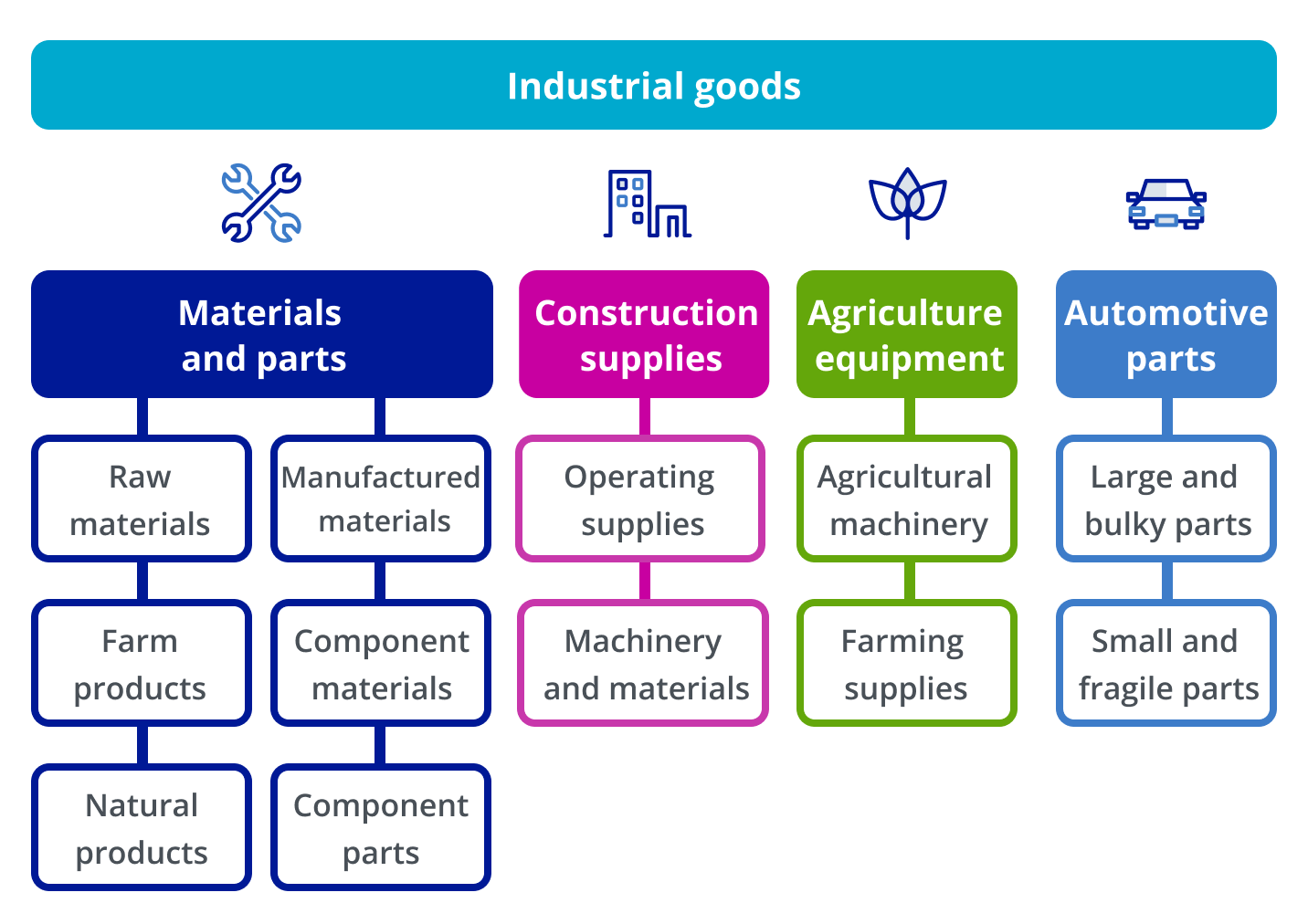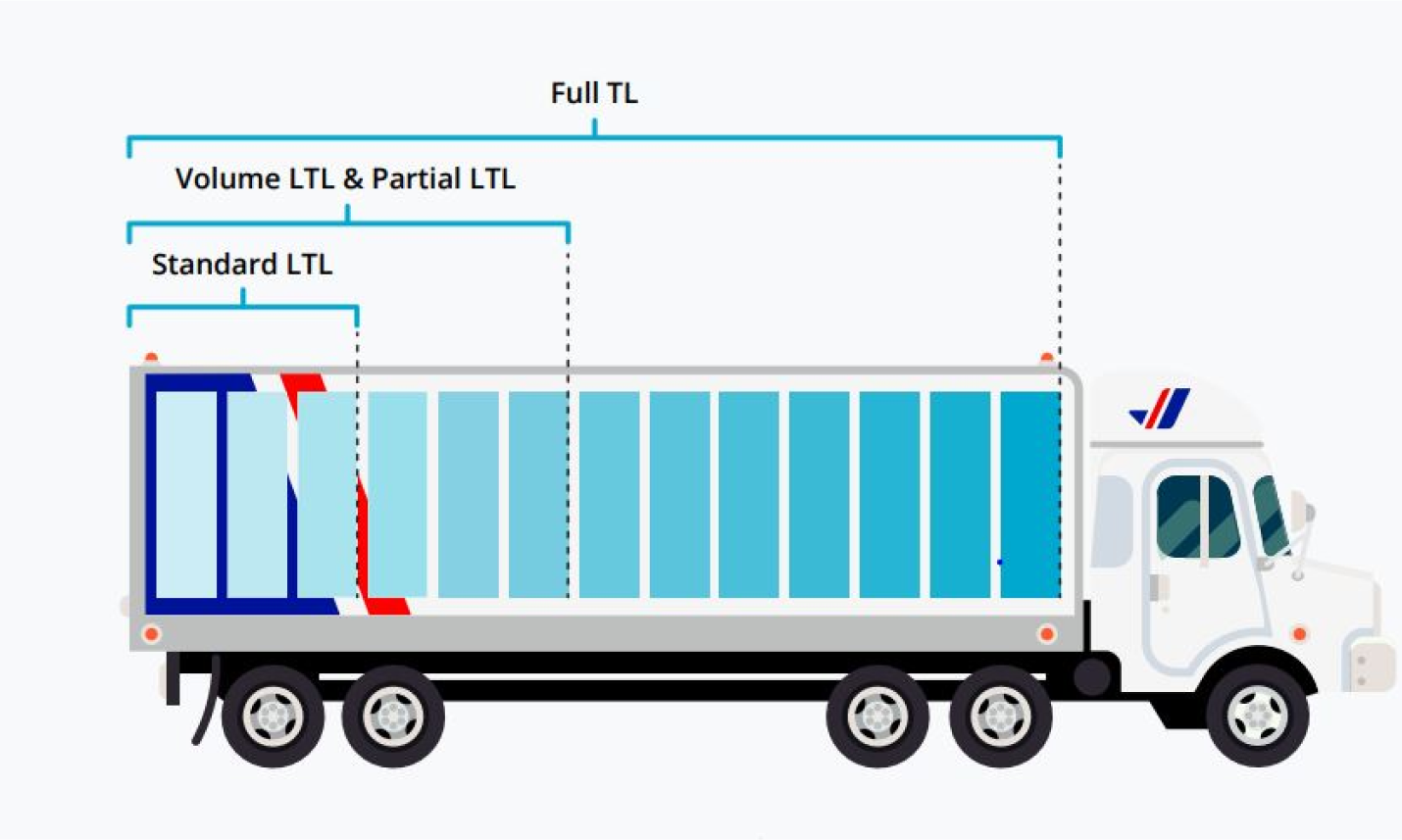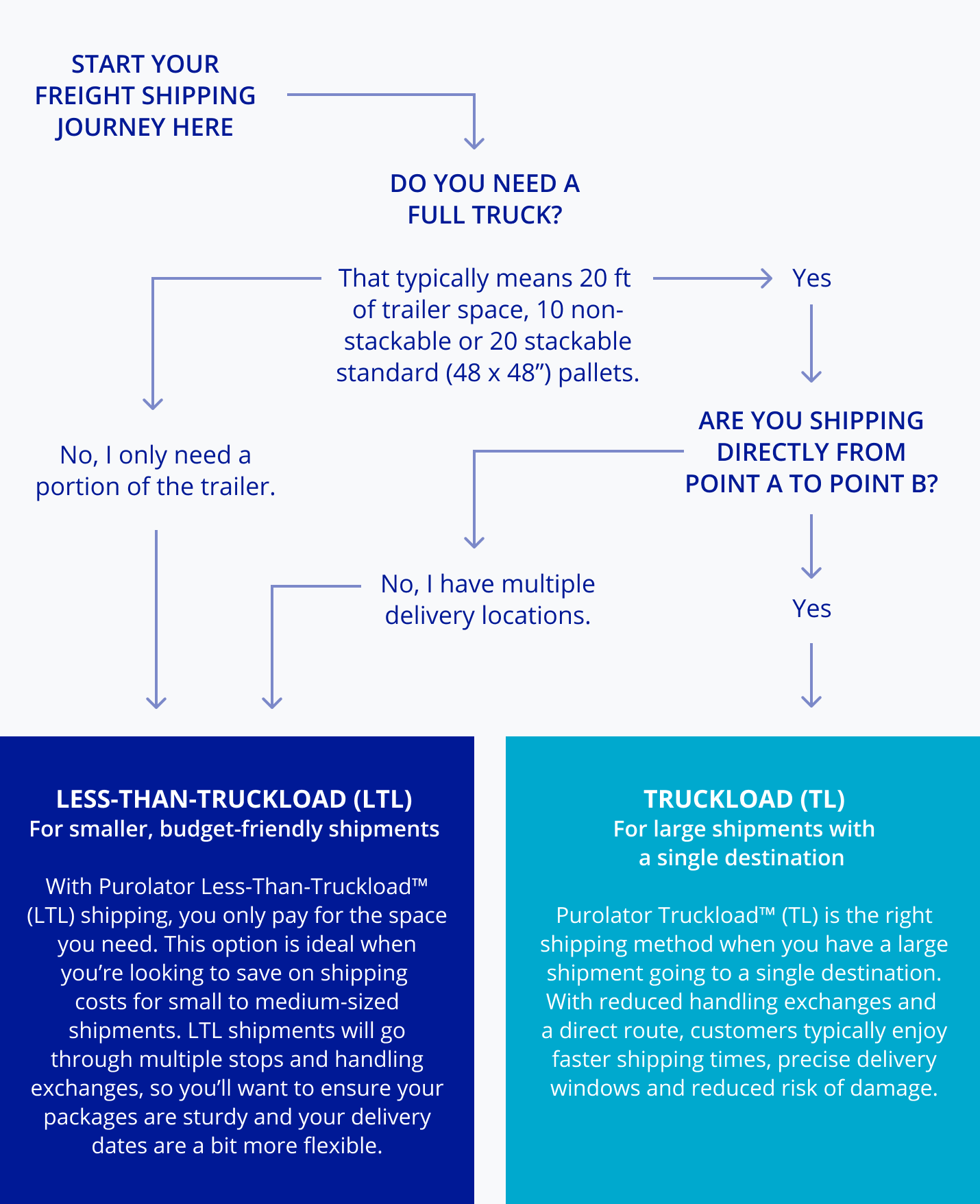Updated: 16 August 2023
Canada is one of the United States’ largest trading partners. In 2022, Canada exported $457 billion USD and imported $278.51 billion USD worth of goods. This trade relationship spans all industries and all types of commodities. One important element of this trading partnership is the industrial vertical market and, within that, the automotive sector. This sector includes Original Equipment Manufacturers (OEMs), suppliers and distributors for a wide range of heavy equipment and vehicles, such as buses, cars, ATVs, vans and motorcycles. And a big part of this trade includes the parts and components that go into the repair of these vehicles.
When shipping industrial supplies, like OEM and aftermarket parts, across the border, there are several logistical and regulatory considerations to keep in mind. This includes documentation, cross-border shipping regulations, goods classification, penalties and timelines. These considerations apply to all types of shipments, including heavy machinery components, automotive parts, electronic components, industrial pumps and valves, components for construction, industrial healthcare equipment and more. Some industrial and cross-border shipping companies may even be worried about the regulatory process of getting their goods across the border if they’re new to the process or working with an inexperienced shipping provider.
However, the process doesn’t have to be complicated. After all, there are basic efficiencies that even experienced shippers can benefit from. Here, we answer your top questions about shipping industrial supplies and automotive parts across the Canada-U.S. border.
Industrial parts and equipment classification
Going south: Shipping from Canada to the U.S.
To prepare for shipping to the U.S., you need to understand what kind of shipment you’re working with.
A customs entry can be categorized and declared as one of three types of entries: a Section 321 entry, informal entry or formal entry:
- Section 321: Shipments valued at $800 USD or less are usually duty-free and referred to as a Section 321 entry.
- Informal entry: Informal entries are valued at over $800 USD but are less than $2,500 USD.
- Formal or commercial entry: Formal entries—also called commercial entries—are complex shipments, valued at over $2,500 USD.
If you want to learn more, we dive into detail about Section 321 in our article.
Next, you’ll need to have the following information about your shipment:
- dimensions
- weight
- number of packages
- description of goods
- country of origin
- value for duty
- the Harmonized System (HS) code, required for your customs paperwork.
Visit the Canadian Trade Commissioner to learn more about exporting to the U.S.
Going north: Shipping from the U.S. to Canada
While shipping to Canada requires the same customs entry information as a shipment to the U.S., the Canada Border Services Agency (CBSA) requires a couple of additional steps. These include:
- Canada Customs Invoice (CCI): A CCI lists the date of the shipment, name, address and phone number of both the shipper and the consignee. It also includes a detailed description of the item or items being shipped and the total estimated value of the shipment.
- Non-Resident Importer (NRI): Although an NRI is optional, it does simplify the importing and exporting process if you’re running a U.S.-based company that requires cross-border shipping. By applying to become an NRI, your company will be registered as both the importer and exporter, and assume responsibility for all taxes, fees and duties owed to Canada. This makes the import/export process a lot easier, and many Canadian companies prefer to only work with U.S. businesses that are registered as an NRI.
Common logistics challenges when shipping automotive and industrial parts
Other than customs regulations and requirements, your cross-border shipments may encounter more general challenges. These are hurdles that all industrial and automotive shipments, regardless of destination, may have had to solve at one point or another. These challenges require careful planning, coordination and collaboration to overcome and ensure a smooth and efficient journey for your industrial parts.
Industrial shipping challenges and solutions
What documents are required for shipping industrial parts across the border?
Customs on either side of the border has a checklist of requirements that must be fulfilled before your goods are legally permitted to cross. Depending on the shipment, documents can vary. However, these are the most common documents required:
- Importer ID number – This is either your IRS business registration number or your Social Security number.
- Bill of lading (BOL) – A BOL is required at the time of pick-up and is provided to you by your freight carrier.
- Pre-arrival Processing System (PAPS) number – A PAPS number is assigned to all shipments by your carrier. Because participation in PAPS is only available to qualified carriers, it’s essential to make sure that your shipping provider has the necessary certification. Ask for your carrier’s Standard Carrier Alpha Code (SCAC), which is proof of PAPS eligibility.
- Electronic export information (EEI) form – If a shipment’s value exceeds $2,500, then the United States Census Bureau requires an EEI form to compile trade information and control exports.
- Import/export license – A special import/export license might be required if your product or shipment is regulated.
- Commercial Invoice – This document is required for customs clearance. It contains specific details about the item you are shipping, including the shipper’s name, a description of the goods, the country of manufacture, the unit price and the total price. It also includes information about insurance, commissions or royalty payments.
- United States-Mexico-Canada Agreement (USMCA) Certificate of Origin – The USMCA (known as CUSMA in Canada) replaced the North American Free Trade Agreement (NAFTA) and is now used by all North American countries. The Certificate of Origin is a document that doesn’t have a specific format but requires at minimum the importer, exporter, certifier, producer and a description of goods contained in the shipment.
How do you benefit from the USMCA? We answer your top questions in our article.
Despite your best efforts, customs may not accept your shipment if it finds an issue with your documentation. Work with a company who has expertise in shipping industrial equipment across the border so they can answer all your questions before you ship.
Try the Purolator Trade Assistant tool to determine your HS code, and which documents you need.
What is the fastest option when shipping industrial parts from Canada to the U.S.?
Many industrial shipments require a next-day shipping solution. Automotive parts manufacturers often need next-day shipping to help reduce overproduction or end consumer wait times. Even the most optimized supply chain is prone to errors and unforeseen events that may impact supply chain distribution, so sourcing express or or urgent shipping delivery options for cross-border shipments can help minimize the impact of disruptions.
Differences and similarities between LTL and TL freight: Wondering which mode of freight transportation is best for your heavier shipments? Let’s compare the benefits that LTL and TL freight offer, so you can decide which option is best for your industrial parts.
Look for a shipping provider who can work with you to understand precisely when you’ll need your industrial parts delivered and has the network to support this. Additionally, a shipping provider who offers a 500 kg Exemption can ensure even your heavier automotive parts cross the border without delay.
Find out more on next-day shipping and forecasting automotive supply chain needs.
How should industrial parts and equipment be packaged?
Industrial machinery, supplies and parts must be packaged well and handled with care to ensure they’re protected in transport and handling. It’s up to the shipper to ensure shipments are packaged correctly before your shipping partner picks them up. There are a number of packaging materials available for industrial parts, each with their own strengths. Exterior packaging can be made from plastic, steel or wood and should be sturdy, durable and protect its contents from transportation and environmental damage.
- Plastic packaging systems are especially popular with automotive parts suppliers and manufacturers. Plastic containers are best for medium or heavy goods, as they’re sturdy even at large weights. These materials are easy to clean, lightweight, customizable and protect the contents from environmental elements.
- Steel racks and containers are durable and long-lasting. They protect the contents from rough handling and impacts. Steel containers are customizable and durable against vibration and other hazards during transport.
- Wooden crates and frames are sturdy and relatively weather-resistant. They can withstand pressure and are stable and durable. Moreover, wooden crates and frames can be custom-built. This minimizes space requirements during shipping and storing and ensures items remain secure and stable within the container. Improper packing and storage are among the most common causes of cargo damage. Secure your machinery to protect your business from a costly loss in the event of damage.
Want to learn how to pack your automotive parts and accessories like a pro? From packaging to shipping, we cover every step of the automotive logistics process in our article.
What is a TSR certification?
The Trucking Security Requirements (TSR) certification is granted by the Transported Asset Protection Association (TAPA) and focuses on the transportation of goods via ground. It’s an independently audited certification that is considered to be the industry-leading security standard and is one of the most thorough supply chain security certifications available to freight carriers.
When you’re transporting your industrial parts and equipment across the border, you’ll want to work with a shipping provider that has Level 1 TSR certification to ensure your cargo has maximum security for its journey across the border.
When it comes to industrial parts shipping, you’ll want to consider:
- shock
- vibration
- environmental elements
- compression
- temperature
- awkwardly shaped or overweight shipments
- fragile items
- dangerous goods classification and more
If you’re unsure of the best approach, the right shipping partner will be able to guide you on using the best materials for packaging your industrial equipment.
What solutions are ideal for shipping industrial equipment across the border?
It’s essential to work with a trusted delivery provider that understands how to ship parts and equipment and has experience with cross-border shipments. Look for a delivery provider that can offer:
When you need a shipping solution for your industrial parts and supplies, try the Purolator Trade Assistant. It can help you access your HS code, U.S. customs documentation and government agency-specific forms.
Next time you’re shipping industrial equipment across the border—whether it’s agricultural augers, automotive parts or construction supplies—work with a delivery provider who understands cross-border shipments. Your shipping partner should be a leading provider of integrated freight, package and logistics solutions. They should also know how to handle machinery and dangerous goods, and offer express shipping services through an extensive network for municipal and remote delivery. The right delivery partner can assist you with documentation, special handling, customs compliance and on-time delivery.





